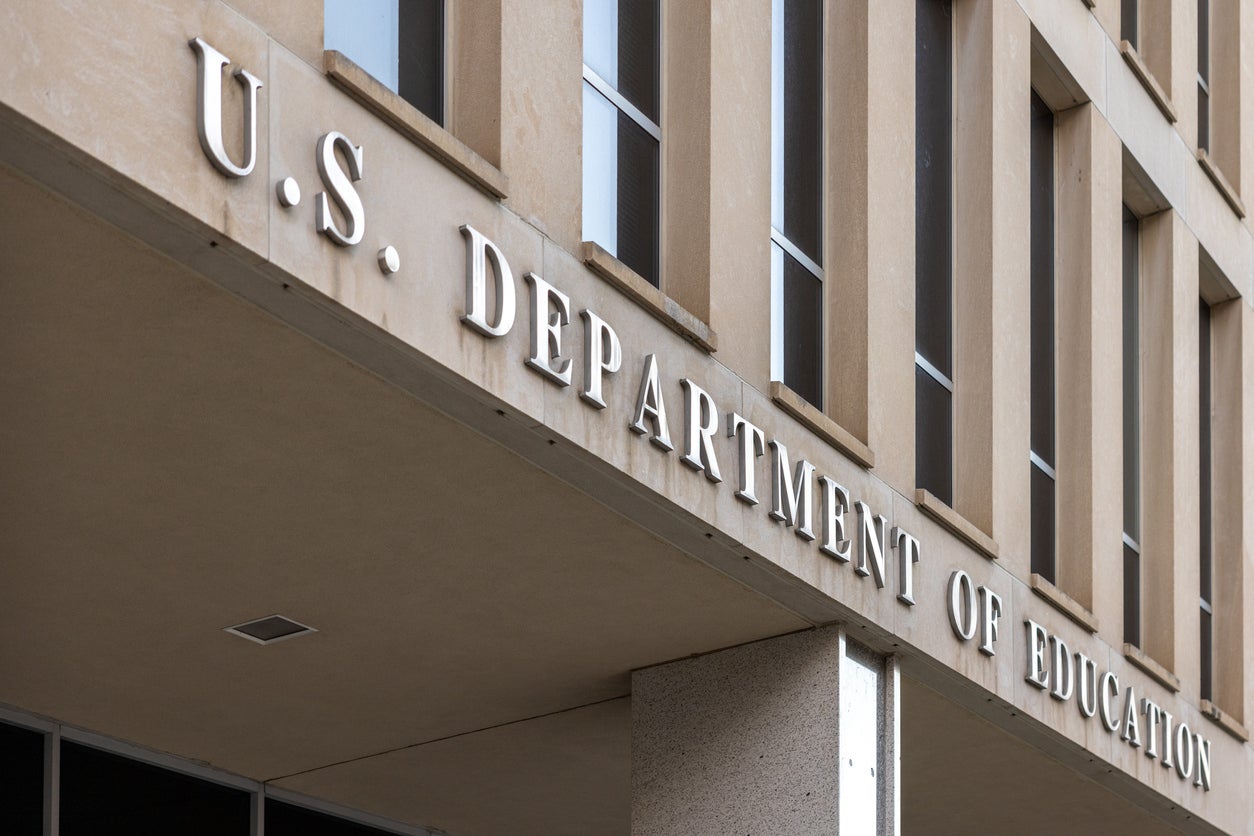President Trump’s One Big Beautiful Bill (OBBB) made substantial changes to the federal financial aid system. Since the bill was signed into law, Department of Education committees have met to discuss provisions that would affect students, particularly student loans.
What the committee decides will impact what career paths are classified as “professional,” which can impact student loan eligibility and borrowing limits for advanced degrees.
What Is a Professional Student?
The “professional” classification simply means that a student is pursuing a degree beyond a four-year undergraduate degree. According to the Office of Federal Student Aid, a professional student is one who is enrolled in a graduate school or a doctoral program; currently, students enrolled in medical school, law school, and some graduate programs are considered to be professional degree students.
Why Is the “Professional” Distinction Important?
The OBBB and the rulemaking committee aim to curb the federal student loan portfolio; currently, borrowers owe more than $1.7 trillion. The proposed changes are also designed to prevent students from overextending themselves and taking on too much student loan debt since the changes would affect students in the following ways:
Grad PLUS Loans Are No Longer Available
Currently, graduate and professional students — regardless of program — can borrow up to 100% of the total cost of attendance for their program, with no annual or lifetime borrowing limit. However, the OBBB eliminated the Grad PLUS Loan program. For students who need loans for on or after July 1, 2026, the only option will be Direct Unsubsidized Loans.
Going Forward, Different Borrowing Limits Apply
The OBBB set new limits for Direct Unsubsidized Loans. As of July 1, 2026, the following loan caps will apply, according to the U.S. Department of Education:
| Annual | Aggregate | |
| Graduate | $20,500 | $100,000 |
| Professional | $50,000 | $200,000 (inclusive of undergraduate loans) |
Graduate students will be limited to $20,500 per year, while professional students will be limited to $50,000 per year. That difference means that students enrolled in programs that don’t meet the new professional classification requirements will have much lower borrowing caps, and may need to find other financing options.
What Is an Eligible Professional Program?
The OBBB’s rulemaking committee reached a consensus after two weeks of discussions. While they didn’t issue final rules, they made some tentative adjustments to the professional student classification.
Under the new rules, the following programs are considered professional, according to the National Association of Independent Colleges and Universities:
- Pharmacy (Pharm.D);
- Dentistry (DOS, D.MD);
- Veterinary Medicine (DVM);
- Chiropractic Medicine (DC, DCM);
- Law (LLM, JD);
- Medicine (MD);
- Optometry (OD);
- Osteopathic Medicine (DO);
- Podiatry (DPM, DP, Pod.D); and
- Theology (M.Div, MHL).
As you can see, there are several common (and important!) programs missing from that list. Under the tentative rules, the following career paths would not qualify for the professional classification and would be subject to different loan limits:
- Audiologists
- Nurse practitioners
- Physician assistants
- Physical therapists
- Speech-language pathologists
- Social workers
The proposed changes faced harsh criticism from many educational advocacy and professional groups, particular those in healthcare, including the American Nurses Association, the American Association of Colleges of Nursing, the Association of American Universities, the American Speech-Language-Hearing Association, and the Association of American Medical Colleges. According to these organizations, the limits will make it harder for students to pursue higher education, potentially worsening shortages of high-need professionals.
What These Changes Mean for Borrowers
The proposed changes to the professional degree program classifications aren’t final; the final rules are expected to be released in 2026. However, many students are nervous about how these changes could affect their plans for future study. Depending on the final rules, you may need to do the following:
You may need to choose a less expensive program
While you may have had your heart set on attending a specific university, you may need to broaden your search and consider other options. Local universities or state schools may have a lower sticker price, so you can stay within the new borrowing limits.
You should explore scholarships and grants
Scholarships and grants, unlike student loans, don’t have to be repaid, so you can use them to reduce your out-of-pocket education costs. These forms of aid are available at the graduate or doctoral levels, and you can qualify for scholarships or grants through universities, companies, or non-profit organizations.
Your professional association may have a database of potential opportunities, but you can also use tools like FastWeb, The College Board’s Scholarship Search, and CareerOneStop to find aid.
You may need to take out private student loans
If you have exhausted scholarships and grants and reached the borrowing limit for federal student loans, private student loans can help cover your remaining education expenses. Private graduate student loan lenders usually allow you to borrow up to 100% of the total cost of attendance, and you can have a loan term as long as 15 years.
Exploring private loans to help cover the cost of your degree? With ELFI, you can view your loan options and current rates without affecting your credit score using the Check My Rate tool.



